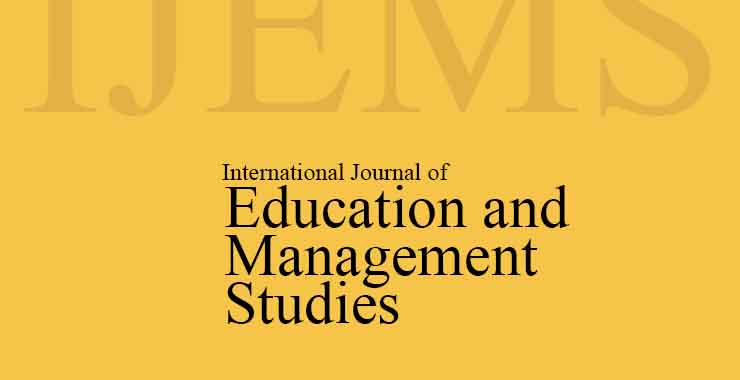Safety Culture in Contexts of Toxic Work Environment and Risk Justification
Original price was: ₹ 201.00.₹ 200.00Current price is: ₹ 200.00.
Page: 310-314
Harbans Lal (SNDT Women’s University, Director-Forum of Safety Culture, Mumbai, Maharashtra)
Description
Page: 310-314
Harbans Lal (SNDT Women’s University, Director-Forum of Safety Culture, Mumbai, Maharashtra)
It is crucial reviewing safety culture in the context of work toxicity and risks justification and suggesting suitable action plans for organizations. About 85 percent of HSE professionals agree that the toxic workplaces and justifying risks lead to increasing difficulties towards zero-harm objectives. Some observations are raised about, is it lack of understanding the risk or lack of caring of employees? We can mitigate risk to some extent but not bring zero harm. People who justify risks are the main culprits. Risk Justification has four positions of psychosocial risks matrix. Work toxicity and reactive safety culture impacts risk positions. An action plan to manage workplace toxicity and risk justification is required. Ten Golden rules of positive safety culture are listed to manage work toxicity and risk justification. These golden rules must become a norm which is possible when leaders emphasize it routinely and review it often. It is observed that organisations are negative and justify risks when there is an absence of right understanding about the impacts of risks and suitable methodology to rectify them. This article is based on the literature reviews and field visits to 12 project sites across India during the years 2023-24 and interactions with a sample of 210 managers.

